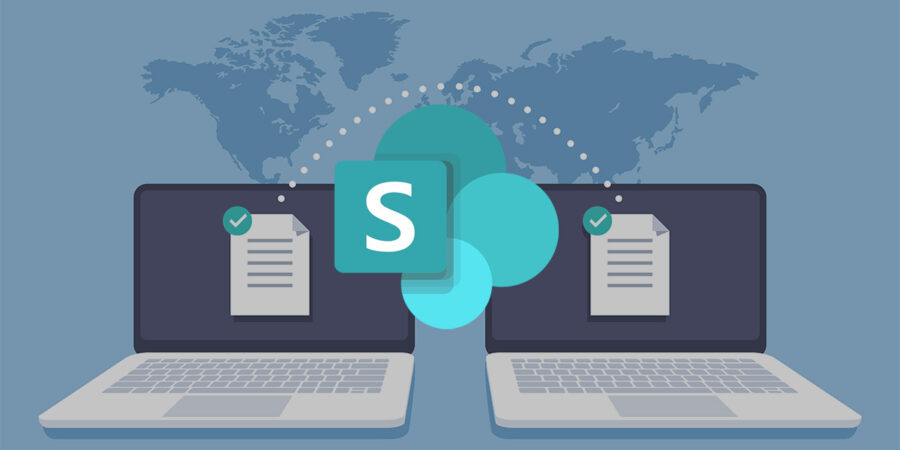SharePoint 2010 end of life: making a seamless upgrade or migration
There’s only a short while left until SharePoint 2010 end of life on 13 April, 2021. That means time is running out to make a successful SharePoint 2010 migration or upgrade. But don’t worry — there’s no need to panic. With the right expertise, you can make a flawless transition to a supported SharePoint version with time to spare.
However, some of you may be wondering what’s so bad about sticking with your current version after SharePoint 2010 end of life. If you’re still in doubt about the need to upgrade, take a look at the serious risks below. Or if you just want to know your upgrade options, skip to the following section.
Why SharePoint 2010 end of life matters to you
Of course, it is possible to stick with your SharePoint version after SharePoint 2010 end of life. However, the price of staying behind outweighs the effort of upgrading.
In technical terms, SharePoint 2010 end of life means:
- no more critical updates (the last of which were released in 2017)
- no more security updates being developed or released
- no support for the underlying operating systems
These issues affect both virtualised and physical instances of SharePoint Server 2010. Okay, but what drawbacks does this lack of support have?
First of all, your SharePoint servers will not pass a regulatory or industry compliance audit. Lack of compliance with Payment Card Industry (PCI) standards, for example, will prevent Visa and MasterCard from working with you. Failing a compliance audit can also mean high penalty payments and transaction fees.
The second issue is spiralling maintenance costs for your hardware, as well as for extra security measures such as firewalls. And the responsibility for keeping data secure will rest entirely on your shoulders. Unless you have a team of security experts handy, this is not a justifiable risk for most businesses.
Your options after SharePoint 2010 end of life
If you’re using SharePoint Server 2010, you have two options:
- migrating to SharePoint in Microsoft 365, in the cloud
- upgrading to SharePoint 2013, 2016, or 2019, on-premises
For on-premises, the Microsoft process is to upgrade one version at a time (2010 to 2013 to 2016 to 2019). Alternatively, you can use a third-party tool such as Metalogix to make one leap from 2010 to any later version.
Bear in mind that SharePoint 2013 end of life is in 2023 — a compelling reason to upgrade to the latest version.
Achieving SharePoint 2010 upgrade or migration
Effective SharePoint modernisation requires a clear understanding of your current system and the new version you’re adopting. Even heavily customised systems, with master pages, web parts, and apps, can be migrated quickly with the right expertise. That’s why careful auditing, planning, and testing are crucial to avoiding disruption — which is where an experienced SharePoint consultant excels.
A good SharePoint consultant will follow a proven process of content audit, pre-migration assessment, solution build, migration testing, and migration. This ensures intact transport of your:
- content and metadata
- custom functionality
- plug-ins
- access permissions
Ultimately, every business adapts SharePoint to suit its own business processes. Whether it’s a custom intranet, extranet, newsfeed, or BI application, a SharePoint expert will make the move fast and flawless.


